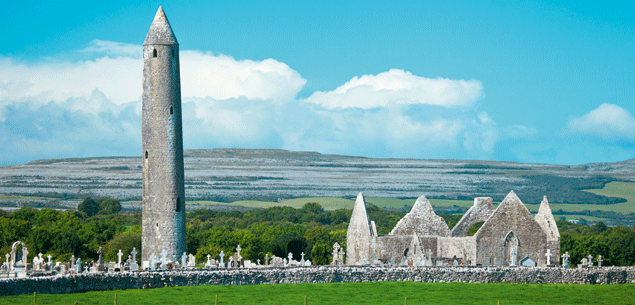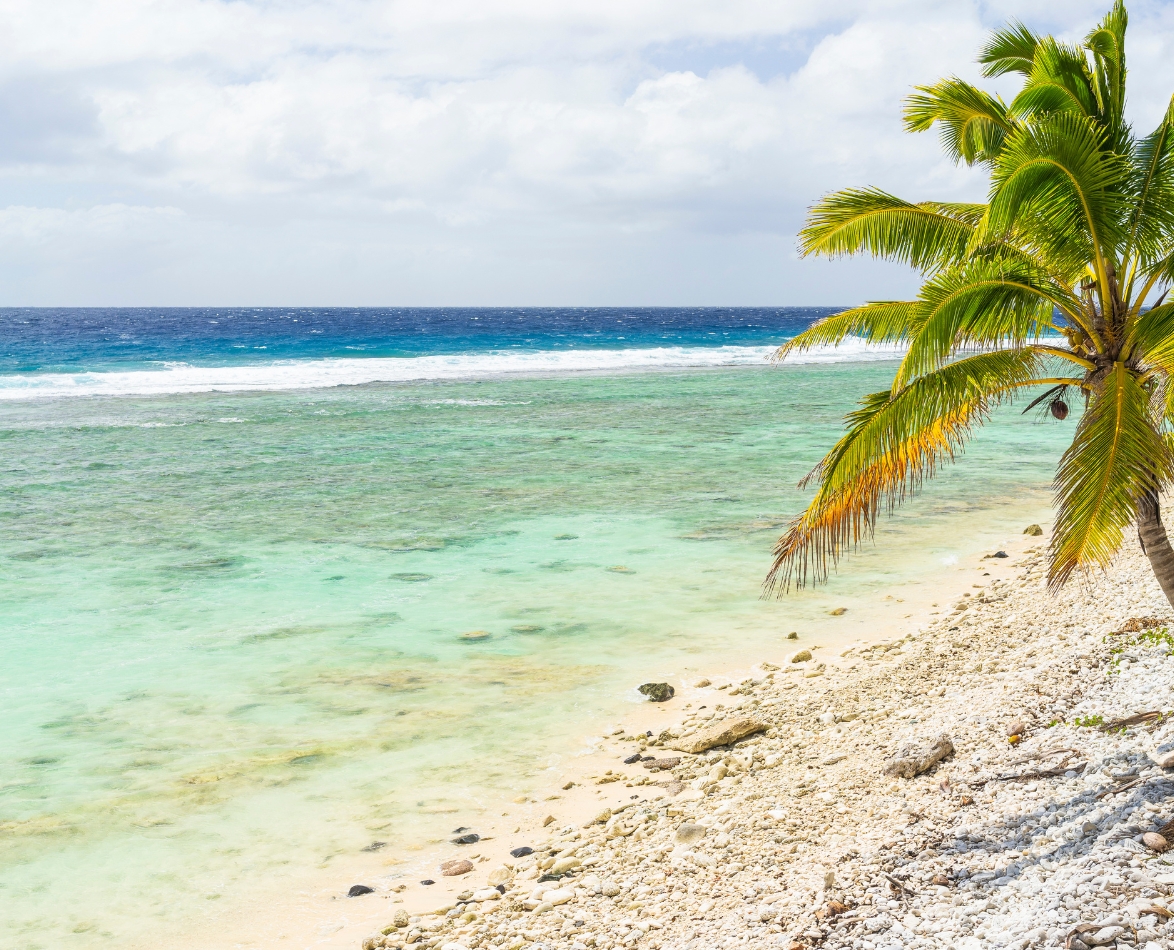“Look… here… a perfect example!” Our Burren Hill Walks guide, Shane Connolly, shouts with glee, drops to his knees, and cups his gnarled farmer’s hands around two small, exquisite blooms – one blue, one scarlet.
“A Mediterranean orchid and an alpine gentian growing next to each other. There is nowhere in the world but The Burren where such flowers naturally thrive together.”
The Burren (fertile rock in Gaelic) is a strange, austere landscape in the far west of Ireland. Here, for thousands of years, glaciers scrapped a vast limestone escarpment flat and, now the ice has gone, the world has warmed and fertile soil and lush grass jigsaw between bare flat rock.
Shane explains that the rock holds the sun’s warmth, allowing many different varieties of warm-climate orchids to evolve way further north than they usually do, and cold Arctic winds give alpine species the conditions they need to thrive.

The landscape is littered with the signs of ancient man. Ringed stone enclosures where cattle were kept, forts to keep enemies away and tombs – monuments to the people who lived here 6000 years ago.
Poulnabrone is the finest of these tombs. It’s a slab of stone, four metres by two, erected high on vertically-placed stone wedges on the top of a windy ridge. Flowers fill the gaps in the rock around it, and a cuckoo is doing the clock thing in a nearby tree.
The next stop is 30-metre-tall Kilmacduagh round tower. These uniquely Irish structures were built in the 11th century on monastic sites to store valuable manuscripts and act as a hiding place in times of attack. The doorway, four metres up, was accessed by a ladder hauled up from the inside, making it, theoretically, impregnable.

But attackers learnt to extract some of the base stones and light fires in the holes. As the towers made perfect chimneys, the monks and their treasure were soon smoked out.
Ancient Celtic crosses in the graveyard and the roofless Gothic cathedral add to the tower’s majesty, as do the scrapped smooth grey hills of The Burren behind it.
It’s a strange and wild landscape, spiced with spring flowers in secret nooks and rocks that have been used and reused, like Lego, by successive civilisations.




